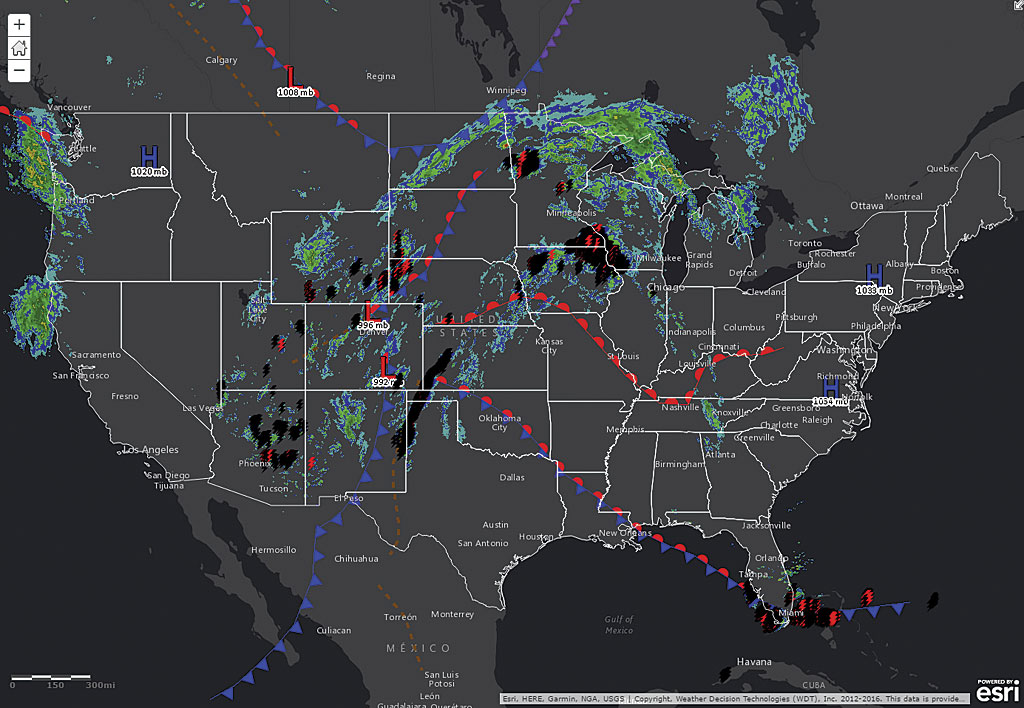
For example, you can find Tempest owners using their devices in a variety of ways: Many people who invest in a home weather station are looking for data and forecasts specific to their location and needs, which is not something the local weather channel or even most weather apps can provide. The same powerful machine learning techniques are then reapplied as new data comes in, resulting in a dramatically improved forecast that only gets more accurate over time.Īlthough it is called a “home” weather station, these devices are able to read the weather anywhere they are placed, whether that be in your backyard, outside of your office, or near a vacation or rental home. Under the watch of a team of meteorologists and forecasters, the validated Tempest data is combined in WeatherFlow’s proprietary Nearcast Technology system with the best available models, including NOAA’s NAM, HRRR, and the highly acclaimed European Global Forecast Model (ECMWF), as well as their own in-house modeling suite. With a one-minute refresh rate, the Tempest Weather System reports conditions at your exact location to WeatherFlow’s data science systems. While many home weather stations display the weather conditions at your location, that data is not processed or checked for quality control and certainly is not used to inform your forecast. Simply put, a precise local forecast requires precise local weather data from a truly smart weather station. The future of precise local forecasting requires higher resolution data than the best grid models can provide.

That means that weather models have to fill in the gaps by taking into account the nearest data points.For example, if you’re checking a weather app to get the forecast around Presidio in San Francisco, the data being used to formulate the forecast may be coming from a station several miles away, dramatically impacting the accuracy of your local forecast. One big issue is that there aren’t weather sensors every mile, or even every three miles. The more information we gather on the current state of the atmosphere, the better the forecast. Models begin with weather observations from satellites, weather balloons, aircraft, surface stations, and other sensors which are fed into a complex set of mathematical equations based on atmospheric dynamics and physics. For short-term forecasts, like whether you should take your umbrella with you today or not, local weather models tend to be significantly more accurate. American GFS and European ECMWF are the most popular global weather models for medium to long-term forecasts. You may have heard of the American model and the European model that are often used to track hurricanes. Weather models are projected simulations of what the atmosphere might look like in the future. There are dozens of weather models around the globe which are mostly run by various governments and big weather companies.
BIG WEATHER COMPANIES PROFESSIONAL
A very small number of apps have the oversight of professional forecasters and meteorologists to interpret the data from these models, and even fewer include actual weather observations in their forecasts. Other apps simply purchase and repackage forecasts from big-name weather companies like The Weather Channel or AccuWeather. It’s simply too complex and expensive for most private weather companies to do their own modeling. Most apps get their data from government-backed weather models like the NAM and HRRR.

Why would anyone invest in a smart weather station when they can just check the weather app that came on their phone? Weather apps are shells that display forecast data from single or multiple weather models.


 0 kommentar(er)
0 kommentar(er)
